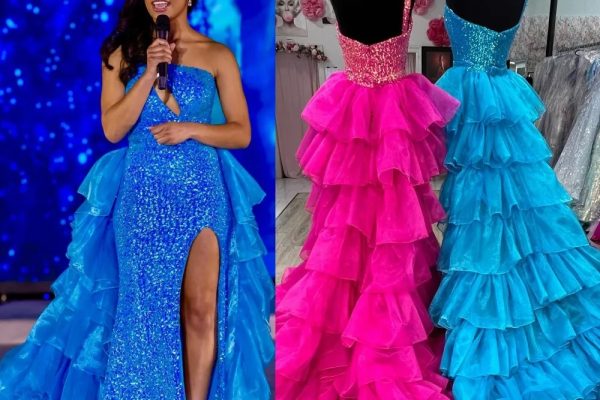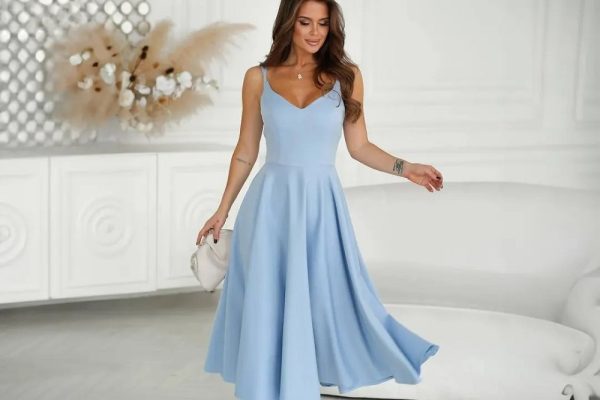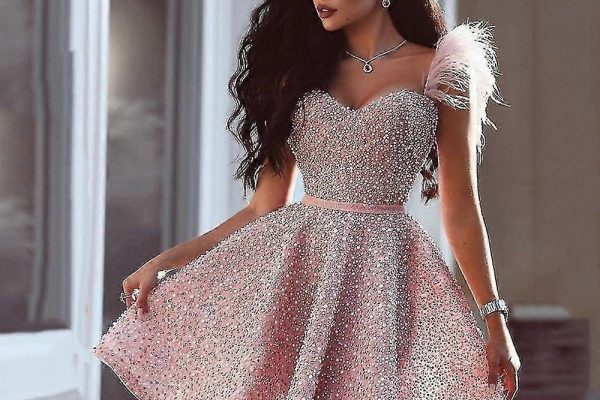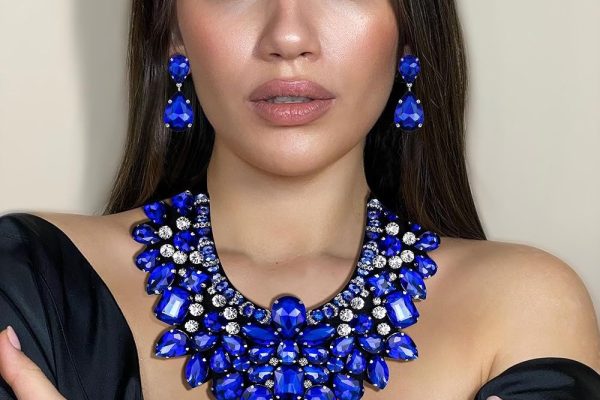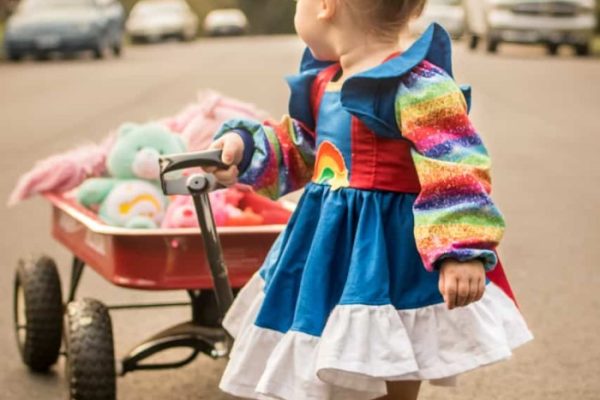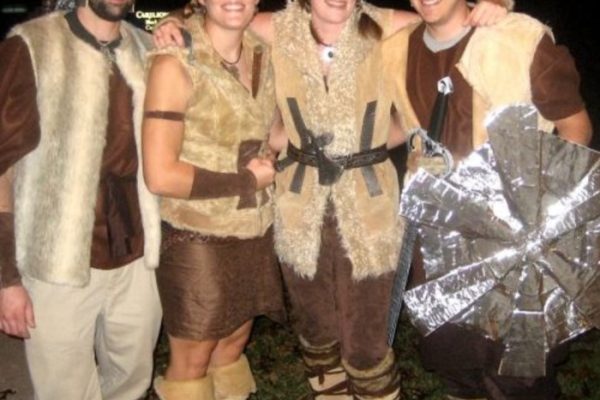The Shrek franchise has captured hearts worldwide, and a significant part of its charm lies in its iconic characters. Among these, the fiery, temperamental dragon stands out. Her fiery breath, sassy personality, and love for the ogre Shrek have made her a fan favorite. For those who want to immerse themselves in this fantastical world, cosplaying as the Shrek dragon can be a rewarding and unforgettable experience.
Understanding the Character
Before diving into the costume-making process, it’s essential to understand the dragon’s character traits. She’s fierce, protective, and intelligent, yet also vulnerable and capable of love. Her appearance is striking: a massive, red dragon with large, leathery wings, a long tail, and sharp claws. These details will be crucial when designing and constructing your costume.
Gathering Materials
Creating a realistic Shrek dragon costume requires a variety of materials. Here’s a basic list to get you started:
- Fabric: Red, orange, and black fabrics are essential for the main body, wings, and accents. Consider using materials like felt, faux fur, or scales for added texture.
- Foam: Foam sheets can be used to create the dragon’s head, body, and tail shape.
- Wire: Wire is necessary for constructing the dragon’s wings and tail frame.
- Paint: Acrylic paints in various shades of red, orange, and black will be needed to color the costume.
- Glue: Hot glue or fabric glue is suitable for attaching different parts of the costume.
- Safety pins: These can be used to secure the costume and make adjustments.
- Accessories: Consider adding accessories like horns, claws, and a dragon mask to complete the look.

Creating the Body
- Foam Base: Cut foam sheets into the desired shape for the dragon’s body. Use wire or tape to connect the pieces together.
- Fabric Covering: Cover the foam base with the chosen fabric. Use hot glue or fabric glue to secure the fabric.
- Details: Add details like scales or spikes using felt, foam, or other materials. Paint the body with the desired colors.
Constructing the Wings
- Wire Frame: Create a wire frame for the wings, ensuring they are large and symmetrical.
- Fabric Covering: Cover the wire frame with fabric, using glue or safety pins to secure it.
- Details: Add details like membranes or feathers to the wings. Paint them to match the body.
Making the Tail
- Foam Base: Cut foam sheets into the desired shape for the dragon’s tail.
- Fabric Covering: Cover the foam base with fabric, ensuring it tapers towards the end.
- Details: Add scales or spikes to the tail, and paint it to match the rest of the costume.
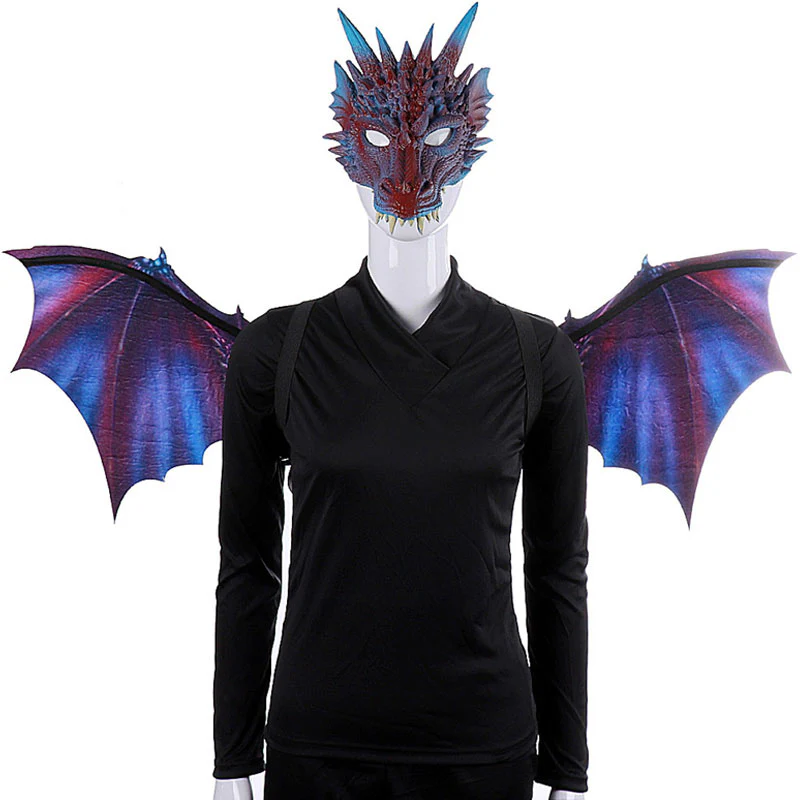
Designing the Head
- Foam Base: Create a foam base for the dragon’s head, incorporating features like eyes, nostrils, and a mouth.
- Fabric Covering: Cover the foam base with fabric, ensuring it fits snugly.
- Details: Add details like horns, teeth, and a tongue. Paint the head to match the rest of the costume.
Adding Accessories
Consider adding accessories like a dragon mask, claws, or a fiery breath effect to enhance the overall look. A dragon mask can be purchased or handmade using foam, fabric, and paint. Claws can be made from foam, cardboard, or plastic. A fiery breath effect can be achieved using LED lights or fabric that resembles flames.
Social media presence
In today’s digital age, social media platforms have become essential tools for cosplayers to showcase their work, connect with a wider audience, and build a strong online presence. By effectively utilizing social media, you can share your passion for cosplay, attract new followers, and collaborate with other cosplayers.
Choosing the Right Platforms
- Instagram: A popular platform for visually-oriented content like photos and videos. Ideal for showcasing your cosplay creations and using relevant hashtags.
- TikTok: A rapidly growing platform known for short-form videos. Great for sharing behind-the-scenes footage, tutorials, and engaging with a younger audience.
- Twitter: A platform for sharing updates, engaging in discussions, and connecting with other cosplayers.
- Facebook: A versatile platform for creating a community page, sharing photos and videos, and interacting with fans.
Creating High-Quality Content
- Clear and Well-Lit Photos: Ensure your photos are well-lit and capture the details of your cosplay.
- Engaging Videos: Share behind-the-scenes footage, tutorials, or cosplay skits to provide a more immersive experience.
- Consistent Posting: Maintain a regular posting schedule to keep your audience engaged and interested.
- Use Relevant Hashtags: Research and use popular cosplay-related hashtags to increase your visibility.
- Interact with Your Followers: Respond to comments, messages, and engage in conversations with your audience.
Building a Community
- Join Cosplay Groups: Connect with other cosplayers and participate in online communities.
- Collaborate with Other Cosplayers: Organize group photoshoots, attend events together, or create collaborative content.
- Encourage Engagement: Ask questions, run polls, or host giveaways to encourage interaction with your followers.
Leveraging Social Media for Opportunities
- Networking with Brands: Reach out to brands that align with your cosplay interests for potential sponsorships or collaborations.
- Applying for Events: Use social media to promote your cosplay and apply for cosplay competitions or conventions.
- Building a Personal Brand: Develop a consistent online persona and use your social media presence to build your personal brand.
Tips for Success
- Be Authentic: Let your personality shine through in your content.
- Be Patient: Building a strong social media presence takes time and effort.
- Learn from Others: Analyze the social media strategies of successful cosplayers and adapt them to your own approach.
- Have Fun: Enjoy the process of creating and sharing your cosplay content.
By following these guidelines, you can effectively utilize social media to showcase your cosplay, build a strong community, and achieve your goals as a cosplayer. Remember, consistency, engagement, and authenticity are key to success.

Tips for Comfort and Mobility
- Lightweight Materials: Use lightweight materials to avoid discomfort, especially for long periods of wear.
- Ventilation: Ensure the costume has adequate ventilation to prevent overheating.
- Mobility: Design the costume to allow for movement and flexibility.
- Testing: Try on the costume before the event to identify any issues and make necessary adjustments.
Cosplay community recognition
The cosplay community is a vibrant and diverse group of individuals who share a love for transforming into their favorite characters. Through their creativity, dedication, and skill, cosplayers bring fictional worlds to life and inspire countless others. Recognizing and celebrating the achievements of the cosplay community is essential to fostering a supportive and thriving environment.
Key Areas of Recognition
-
Costume Design and Craftsmanship: The intricate details, innovative materials, and meticulous construction that go into cosplay costumes deserve recognition. From armor smithing to wig styling, cosplayers demonstrate exceptional craftsmanship and attention to detail.
-
Character Accuracy: Cosplayers who strive to capture the essence of their chosen characters, both physically and emotionally, should be acknowledged. This includes accurate makeup, props, and overall portrayal.
-
Performance and Stage Presence: For those who participate in cosplay competitions or events, their ability to bring a character to life through their performance and stage presence is a significant achievement. This encompasses acting, posing, and overall charisma.
-
Community Engagement and Mentorship: Cosplayers who actively contribute to the community by sharing their knowledge, skills, or resources are invaluable. This includes mentoring newcomers, organizing events, or creating educational content.
-
Diversity and Inclusivity: Recognizing and celebrating the diversity within the cosplay community is crucial. This includes acknowledging cosplayers of all ages, genders, ethnicities, body types, and abilities.
Methods of Recognition
- Awards and Competitions: Hosting cosplay competitions and awarding prizes for various categories can recognize outstanding achievements.
- Social Media and Online Platforms: Utilizing social media and online platforms to showcase cosplay creations and celebrate talented individuals.
- Feature Articles and Interviews: Highlighting cosplayers in articles, interviews, or documentaries to share their stories and inspire others.
- Community-Driven Recognition: Encouraging the cosplay community to nominate and recognize their peers for their contributions.
- Collaborations with Industry Professionals: Partnering with designers, artists, or companies to provide opportunities for cosplayers to showcase their work.
Benefits of Recognition
- Encourages Creativity and Innovation: Recognizing cosplayers’ achievements can inspire others to push their creative boundaries and strive for excellence.
- Fosters Community Spirit: Celebrating the cosplay community can strengthen bonds between cosplayers and create a sense of belonging.
- Increases Visibility and Exposure: Recognizing cosplayers can help increase their visibility and exposure, leading to more opportunities and collaborations.
- Promotes Diversity and Inclusivity: Recognizing the diversity within the cosplay community can help create a more welcoming and inclusive environment for all.
The cosplay community is a treasure trove of creativity, passion, and talent. By recognizing and celebrating the achievements of its members, we can foster a supportive and thriving environment that encourages innovation and inspires countless others. Let’s continue to appreciate the incredible work of cosplayers and celebrate their contributions to the world of pop culture.
Creating a Shrek dragon cosplay is a rewarding project that allows you to unleash your creativity and immerse yourself in a beloved fictional world. By following these guidelines and paying attention to detail, you can craft a stunning and memorable costume that will impress your fellow fans. Remember, the most important thing is to have fun and enjoy the process.

